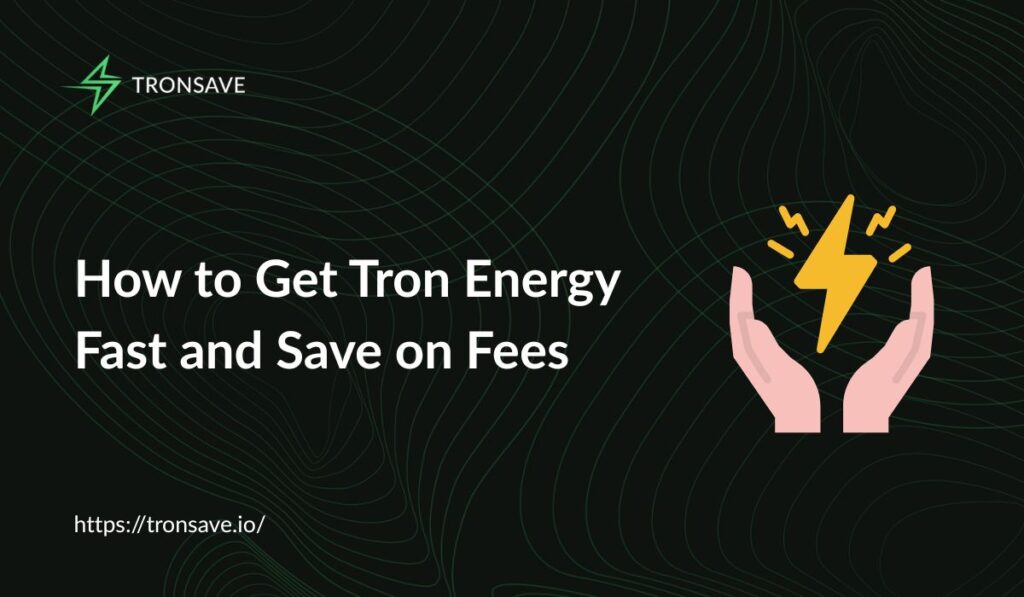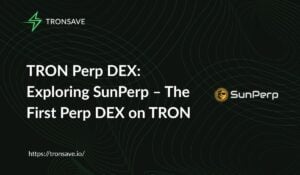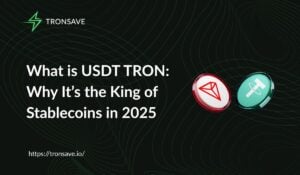
What is Tron Energy and why you need it
Tron Energy is a vital resource on the TRON blockchain, powering smart contract operations like USDT transfers, NFT minting, or DeFi interactions. Unlike Bandwidth, which handles data transfer for simple transactions, Energy fuels complex processes that require computational power. Without sufficient energy, the TRON network burns TRX tokens to cover transaction fees, which can cost 20–50 TRX per transfer—ouch! For example, sending USDT to an empty wallet might set you back 30 TRX, eating into your funds. This guide dives into how to get Tron Energy efficiently, saving you money and making your TRON experience seamless, whether you’re a crypto newbie or a seasoned DeFi trader.
Methods to acquire Tron Energy
You can obtain Tron Energy through three main methods: staking TRX, renting Energy, or burning TRX. Each option suits different user needs, from long-term investors to active traders juggling daily transactions. Let’s explore these methods in detail, so you can pick the one that fits your crypto journey like a glove.
Staking TRX for Energy
Staking TRX means locking your tokens in a TRON-compatible wallet to generate Energy and Bandwidth over time. It’s like planting a seed and watching it grow—perfect for TRX holders who plan to stick around. Here’s how to stake:
- Open a wallet like TronLink or Trust Wallet (both support TRON’s ecosystem).
- Navigate to the staking or “Freeze TRX” section.
- Choose how much TRX to stake (e.g., 1,000 TRX) and confirm.
The Energy you earn depends on the total TRX staked across the network. For instance, staking 1,000 TRX might yield enough Energy for 5–10 USDT transfers, depending on network conditions. The catch? Your TRX is locked for 14 days, so you can’t touch it during that period. This makes staking ideal for those with extra TRX and a long-term mindset but less practical if you need quick access to your funds. Pro tip: Use Tronscan to check your wallet’s resource balance and estimate Energy gains before staking.
Renting Tron Energy
Renting Energy is like borrowing a friend’s car for a quick trip—fast, flexible, and cost-effective. Instead of locking TRX, you lease Energy from exchanges for hours, days, or weeks. Renting 65,000 Energy (enough for a standard USDT transfer) can cost as little as 7 TRX, saving up to 80% compared to burning TRX. To rent Energy:
- Visit a trusted Energy exchange and connect your TRON wallet (e.g., TronLink).
- Enter the Energy amount (e.g., 65,000), rental duration (1 hour to 30 days), and price.
- Submit your order, and Energy is credited automatically if the platform’s pool has enough resources.
Renting shines for frequent traders or DeFi users who need Energy on demand. For example, if you’re swapping tokens on a TRON-based DEX, renting can keep fees low. However, stick to reputable platforms to avoid scams—more on that later.
Burning TRX for Energy
Burning TRX is the default fallback when your wallet lacks Energy. The TRON network automatically deducts TRX to cover the Energy needed, like paying a toll at a bridge. For a USDT transfer to an empty wallet, you’ll need 131,000 Energy, costing 20–30 TRX. It’s quick and requires no setup, but it’s the priciest option. Think of it as buying a coffee at an airport—convenient but overpriced. Use this method sparingly, like when you’re in a pinch and need to send a one-off transaction.
Key Insight: Renting Energy can save up to 84% on fees compared to burning TRX, making it a no-brainer for regular TRON users.
Choosing the right method for you
Picking the best way to get Tron Energy hinges on your crypto habits, TRX holdings, and goals. Are you a casual user sending occasional USDT transfers, or a DeFi enthusiast executing daily trades? Here’s a detailed comparison to help you decide:
| Method | Pros | Cons | Best For |
| Staking TRX | Generates Energy and Bandwidth; passive income | 14-day lockup; needs significant TRX | Long-term TRX holders |
| Renting Energy | Affordable; flexible terms | Requires trusted platforms; temporary | Frequent traders, DeFi users |
| Burning TRX | Instant; no setup needed | High fees; not sustainable | One-off transactions |
For example, if you transfer USDT daily for trading on a TRON DEX, renting Energy is your best bet to keep costs down. If you’re holding 5,000 TRX and don’t need immediate liquidity, staking offers steady Energy and Bandwidth. Burning TRX suits rare, urgent transactions but hurts your wallet over time.
Factors to consider when choosing
Before deciding, assess your transaction needs. A USDT transfer to a wallet with no balance requires 131,000 Energy, while one with USDT needs only 65,000. Use Tronscan to check your wallet’s current Energy and Bandwidth levels to avoid surprises. Also, keep an eye on TRX’s market price—since Energy costs are tied to TRX, a price spike can make burning more expensive. For instance, if TRX jumps from $0.15 to $0.20, burning for 131,000 Energy could cost an extra 5–10 TRX. Timing your rentals or staking during stable prices can save you a chunk of change.
Trusted platforms for renting Energy
Renting Energy requires caution—stick to platforms with a solid track record. Services like Tronsave offer transparent pricing and secure transactions, often charging less than 10 TRX for 100,000 Energy. Check user reviews on forums like Reddit’s r/Tronix to gauge a platform’s reliability. Avoid services asking for private keys or unverified Telegram bots. A quick scan of community feedback can save you from shady deals. For example, a user on r/Tronix recently shared how they saved 70% on fees by renting through a trusted exchange instead of burning TRX.
Common mistakes to avoid
Newbies often fall into traps when acquiring Energy. One common mistake is renting from unverified platforms, risking TRX loss. Another is staking too much TRX without planning for the 14-day lockup, leaving users cash-strapped. Lastly, relying solely on burning TRX can drain your wallet fast—imagine paying 30 TRX per USDT transfer when renting could cost a tenth of that. Always double-check platform credentials and calculate your transaction frequency before committing.
Step-by-step guide to renting Energy
Renting Energy is a breeze and can save you big on fees. Here’s a step-by-step guide using a trusted platform like Tronsave:
- Visit the platform: Go to the Energy exchange’s website and click “Connect” to link your TRON wallet (e.g., TronLink or Trust Wallet).
- Set parameters: Enter the Energy amount (e.g., 65,000 for a USDT transfer), rental duration (1 hour to 30 days), and price.
- Create order: Submit your order. If the platform’s Energy pool is sufficient, the resource is credited instantly.
- Verify and transact: Check your wallet’s Energy balance on Tronscan and proceed with your transaction.
This process takes just a few minutes. For example, renting 100,000 Energy for a day might cost 6–10 TRX, compared to 30 TRX for burning. If you’re sending USDT to a wallet with no balance, ensure you rent at least 131,000 Energy to avoid extra fees. Most platforms also let you cancel rentals early, refunding unused Energy, which adds flexibility.
Tips for saving and security
Saving money and staying secure while getting Tron Energy is key to a smooth TRON experience. Here are practical tips to keep your wallet happy and safe:
- Choose trusted services: Research platforms on forums like r/Tronix or TRON DAO’s community pages. Look for consistent positive feedback to ensure legitimacy.
- Compare rental prices: Rates vary across exchanges. Some offer 100,000 Energy for as low as 7 TRX, while others charge more. Shop around for the best deal.
- Protect your wallet: Never share private keys or seed phrases. Only provide your public wallet address for Energy transfers. If a service asks for sensitive info, run.
- Monitor TRX rates: Energy costs are tied to TRX’s market price. Use Tronscan or coin trackers to time your rentals or staking during price dips.
- Start small: If trying a new platform, rent a small amount of Energy (e.g., 65,000) to test the service before committing to larger orders.
These tips can save you hundreds of TRX over time. For instance, a DeFi trader I know cut their monthly fees by 60% by switching from burning to renting Energy after reading community reviews.
Frequently asked questions (FAQ)
- How much Energy is needed for a USDT transfer?
A USDT transfer requires 65,000 Energy if the recipient wallet has a balance, or 131,000 if empty. Renting is usually the most cost-effective option.
- Is staking TRX better than renting Energy?
Staking is great for long-term TRX holders who want passive Energy and Bandwidth. Renting suits frequent transactions or users with limited TRX.
- Are Energy rental services safe?
Stick to verified platforms with strong user reviews. Avoid services requesting private keys or unverified Telegram bots to stay secure.
- How long does rented Energy last?
Rental periods range from 1 hour to 30 days, depending on the platform. Unused Energy reverts to the provider after the term ends.
- What happens if I don’t have enough energy?
The TRON network burns TRX to cover the shortfall, hiking up fees. Renting or staking prevents these costly burns.
Conclusion
Acquiring Tron Energy is straightforward with staking, renting, or burning TRX. Renting offers the best savings for frequent transactions, while staking suits long-term TRX holders. Start by exploring trusted Energy exchanges or staking via TronLink to optimize your TRON transactions. For personalized help, check out reliable platforms or TRON community forums to keep your fees low and transactions smooth.



